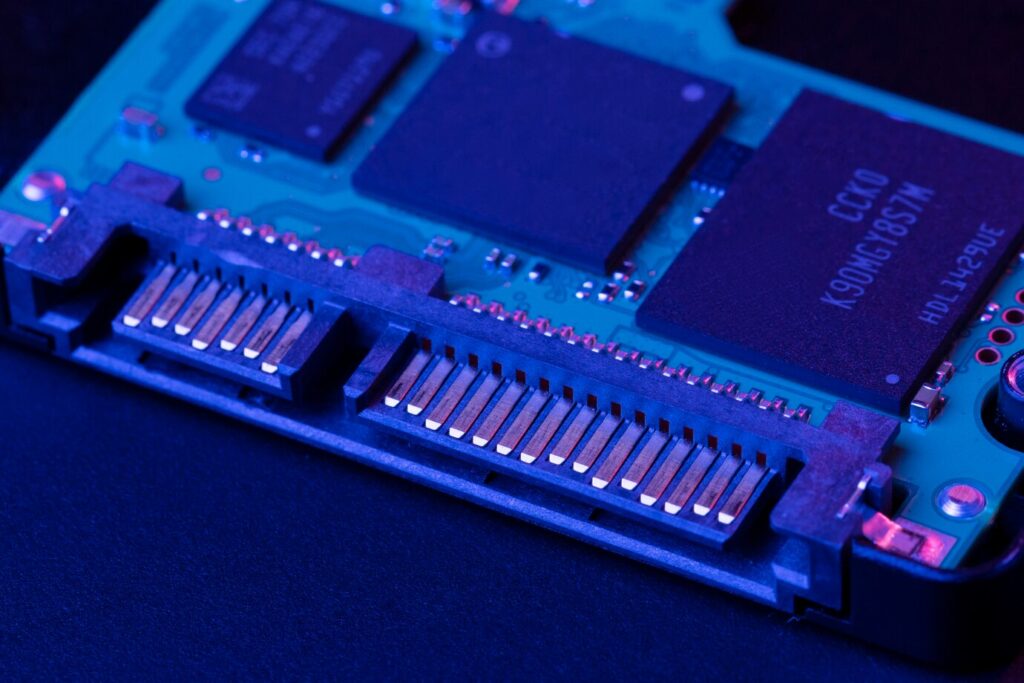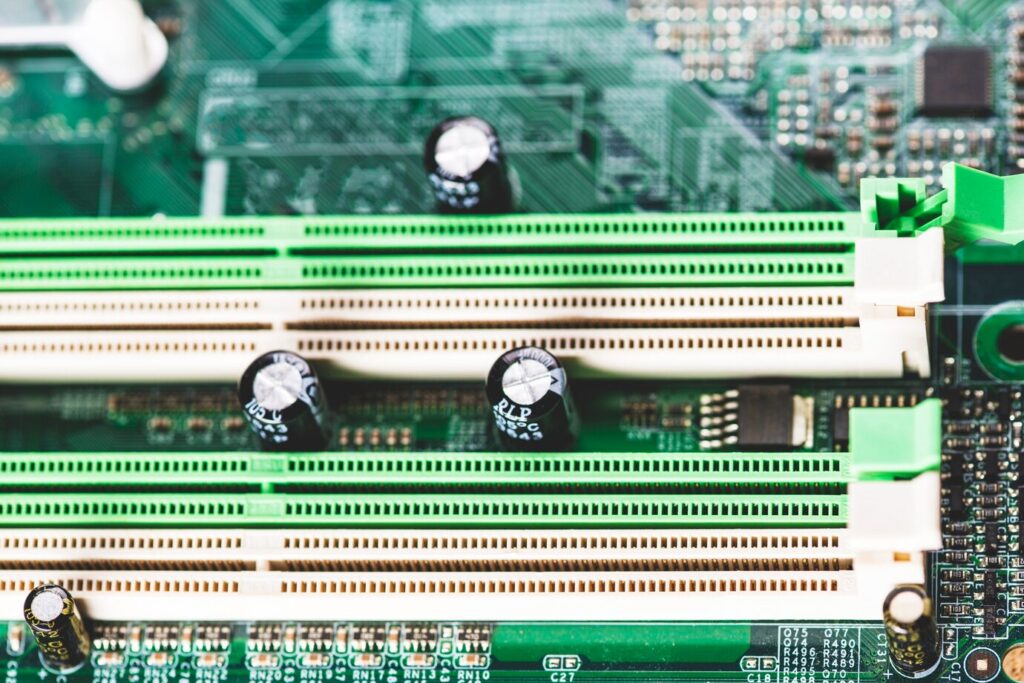DDR5
DDR4 is going away as Intel embraces DDR5 on its 800 Series and Arrow Lake motherboards.
The PC hardware scene is being swept by winds of change. With its next Arrow Lake chips, Intel has signaled a big transition following years of coexistence. With its 800 series motherboards, Intel is officially moving away from DDR4 memory and toward DDR5. Prepare to say goodbye to DDR4 memory. Let’s examine this move’s ramifications and what it implies for PC fans and builders.

Table of Contents
An Era Comes to an End: DDR4 Support Dissipates
Over the previous ten years, DDR4 memory has proven to be a reliable option, providing notable enhancements in performance when compared to DDR3 memory. DDR5, however, is ready to take over since the technology has reached a mature state. Intel is switching for the following reasons:
- Greater Bandwidth: DDR5 offers a bandwidth that is much greater than DDR4’s, allowing for faster data transfer rates and more seamless system operation.
- Enhanced Efficiency: Since DDR5 runs at lower voltages, systems may run cooler and with greater power efficiency.
- Futureproofing: DDR5 is the memory technology of the future, laying the groundwork for upcoming improvements in processor and system performance.
Intel’s move to adopt DDR5 is a reflection of its desire to stay ahead of the curve and take advantage of the advantages of this next-generation technology, even though some consumers may have preferred to see DDR4 support maintained due to its present price.
The Ascent of DDR5: Prospects for Arrow Lake
A full transition to DDR5 is signaled by the introduction of the 800 series motherboards coupled with Arrow Lake processors. Here’s what to anticipate:
- New Motherboards: DDR4 memory will not be supported by the 800 series motherboards, which are made especially for CPUs from the Arrow Lake family.
- DDR5 Compatibility: By being compatible with the newest DDR5 memory kits, these motherboards will let customers to benefit from the improvements in efficiency and performance.
- Aspects related to cost: memory is now more costly than DDR4 memory. Even though price reductions are anticipated over time, builders on a tight budget may take into account the initial outlay.
compatibility is a must for anyone constructing a new PC with an Arrow Lake processor. These new motherboards will not work with DDR4 RAM that is currently in use.

Beyond the Memory Shift: Additional Features of Arrow Lake
A single component of the forthcoming Arrow Lake platform is the switch to DDR5. Here’s a sneak peek at a few more features that are planned:
- New Socket: It is anticipated that the LGA 1851 socket will be used by Arrow Lake processors, rendering them incompatible with motherboards that are currently in use.
- Performance Enhancements: Thanks to developments in core architecture and clock rates, Arrow Lake processors are anticipated to provide notable performance gains over their predecessors.
- Better Platform Features: The motherboards in the 800 series may come with extra features like more PCIe lanes and compatibility for the newest I/O technologies.
Although the full picture of the Arrow Lake platform is still being developed, the switch to represents a significant improvement in terms of performance and future-proofing.
What This Means for You: Get Ready to Build Your Next Computer
For PC manufacturers, the switch to DDR5 brings both opportunity and challenges:
- Early Adopters: Choosing with Arrow Lake memory may be an appealing option for those looking to maximize performance and future-proof their setups.
- Budgetary considerations: memory’s initial price may be prohibitive for builders on a tight budget. Think about holding out for pricing to come down or looking into other systems that support DDR4 as well.
- Upgrade Path: Upgrading to Arrow Lake will require a total system upgrade, including the motherboard, CPU, and memory if you are currently on a DDR4 platform.
Take your demands and financial situation into serious consideration before selecting whether to adopt the protocol.
The Memory of the Future: Taking DDR5 and Beyond
An important turning point in memory technology was the switch to with motherboards from the 800 series and CPUs from the Arrow Lake family. Although PC builders may need to make some tweaks, the advantages of increased bandwidth and enhanced efficiency cannot be disputed. DDR5, a next-generation memory standard, should be adopted more widely as its costs decrease and it becomes more widely available. With faster and more efficient memory solutions opening the door for more sophisticated computing experiences, the future of PC hardware is definitely brighter.


